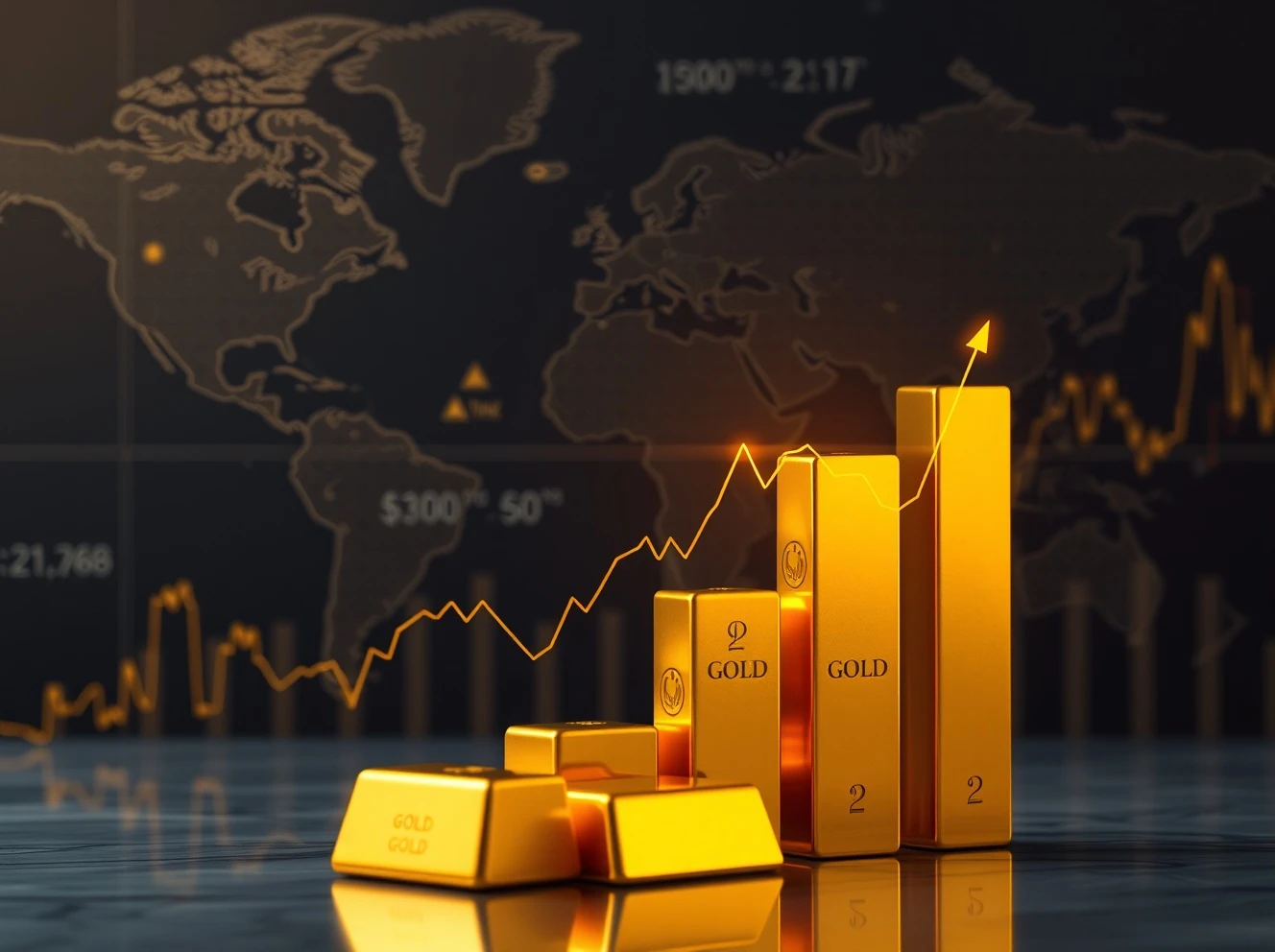Investors worldwide are witnessing an unprecedented gold price surge as the precious metal smashed through the $3,900 barrier for the first time in history. Consequently, this remarkable movement signals deep concerns about global economic stability and shifting investment strategies.
Record-Breaking Gold Price Surge Explained
The current gold price surge represents a stunning 50% gain this year alone. Late trading sessions saw gold reach $3,956.19 per ounce. Meanwhile, multiple factors drive this extraordinary performance. Specifically, investors seek safety from economic uncertainty. Additionally, central banks aggressively diversify reserves. Furthermore, expectations of lower US interest rates fuel momentum.
Key Drivers Behind the Gold Rally
Several critical elements contribute to the sustained gold price surge. First, geopolitical tensions create market anxiety. Second, Federal Reserve rate cut speculation grows stronger. Third, American government shutdown fears intensify. Moreover, falling bond yields make gold more attractive. Institutional investors consequently return to precious metals. Sovereign funds similarly increase gold allocations.
Major Bank Predictions for Gold
Leading financial institutions forecast continued gold price surge momentum:
- UBS projects $4,200 per ounce by year-end
- Deutsche Bank raised 2026 forecast from $3,700 to $4,000
- Goldman Sachs predicts potential $5,000 if Fed faces political pressure
Analysts warn that central bank politicization could weaken the dollar. Consequently, inflation concerns support higher gold valuations.
Mining Sector Impact
The gold price surge immediately benefited precious-metal producers. For instance, Endeavour Mining gained 2.8% on the FTSE 100. Similarly, Hochschild Mining rose 0.6% on the FTSE 250. Market watchers expect continued mining share support. However, volatility remains likely during policy shifts.
Investment Implications
The ongoing gold price surge suggests fundamental market changes. Traditionally, gold moves inversely to interest rates. Currently, lower yields enhance gold’s appeal. Therefore, investors should monitor Federal Reserve decisions closely. Additionally, geopolitical developments warrant careful attention. Ultimately, gold maintains its safe-haven status during uncertainty.
Frequently Asked Questions
What caused the recent gold price surge?
The gold price surge resulted from combined factors including expected US rate cuts, geopolitical tensions, and central bank buying. Investors seek safety amid economic uncertainty.
How high could gold prices go?
Major banks predict continued gains. UBS forecasts $4,200 by year-end, while Goldman Sachs suggests $5,000 possible if Fed political pressure intensifies.
Should investors buy gold now?
Gold serves as portfolio diversification during uncertainty. However, investors should consider their risk tolerance and consult financial advisors before making decisions.
How does gold perform during economic uncertainty?
Gold typically performs well during economic uncertainty as investors seek safe-haven assets. It often moves inversely to stock markets and interest rates.
What other metals are benefiting from this trend?
Silver also shows strength, with Deutsche Bank raising its outlook from $40 to $45 per ounce. Other precious metals often follow gold’s momentum.
How are mining companies affected by gold prices?
Higher gold prices generally benefit mining companies through increased revenue and profitability. However, operational costs and other factors also influence performance.








